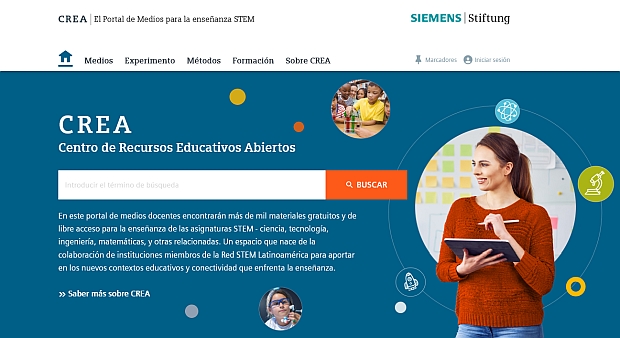Type of media:
Image (39.7 kByte)
Last update:
2018-04-22
License:

This medium is made available under a CC BY-SA 4.0 international license.
What does this mean?
How to reference this medium

This medium is made available under a CC BY-SA 4.0 international license.
What does this mean?
How to reference this medium
Description:
If you rub along the rim of a wineglass with a wet finger this produces a tone. As soon as the glass produces a tone, short-wave marginal waves appear in the liquid. The glass oscillates back and forth at those places at which the waves occur. Between them it is still. The oscillation of the glass is not only transferred to the liquid but also to the air and in this way reaches our ear in the form of a fine tone.
Information and ideas:
This experiment can be done easily in class – the class might even make a glass harmonica on their own?
Further information on this photo is available as information sheet on the media portal of the Siemens Stiftung.
Relevant for teaching:
Acoustic phenomena
Sound/acoustics: parameters
Vibrations and waves
Information and ideas:
This experiment can be done easily in class – the class might even make a glass harmonica on their own?
Further information on this photo is available as information sheet on the media portal of the Siemens Stiftung.
Relevant for teaching:
Acoustic phenomena
Sound/acoustics: parameters
Vibrations and waves
Learning resource type:
Example
Subjects:
Personal, social and health education (PSHE); Physics
Grade levels:
Grade 1 to 4; Grade 5 to 6; Grade 7 to 9; Grade 10 to 13
School types:
Elementary school; Middle/high school; Vocational training
Keywords:
Sound; Sound (basic phenomenon); Sound production
Bibliography:
Siemens Stiftung Media Portal
Author:
MediaHouse GmbH
Rights holder:
© Siemens Stiftung 2018



